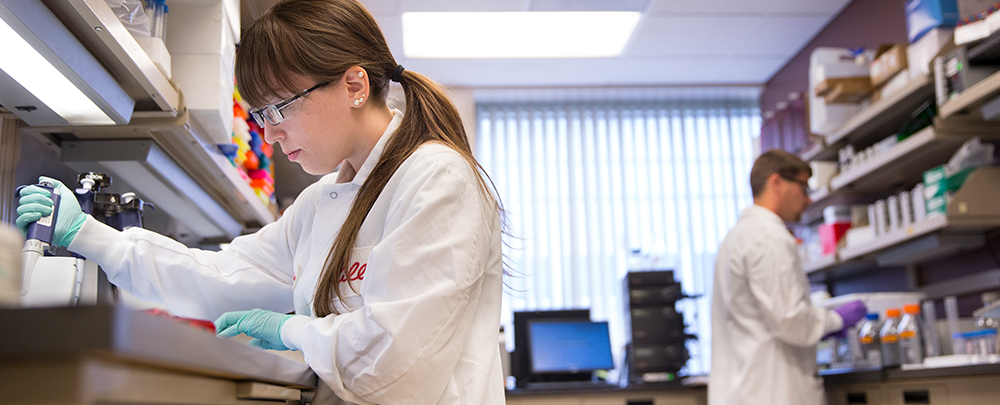Repurposing Early-Phase Therapies to Drive Social Impact
March 3, 2022 Posted by: Eli Lilly and Company

Lilly Collaborates with the National Institute on Drug Abuse (NIDA) to Identify Treatments for Opioid Use Disorder (OUD)
Scientists at Lilly evaluate hundreds of molecules every year, prioritizing and advancing treatments with the strongest likelihood to make life better for people around the globe.
Through Lilly 30x30, we seek to drive our social impact further by improving access to quality healthcare for 30 million people living in resource-limited settings by 2030. Our strategy to accomplish this is through our drug development pipeline, programs to increase access and affordability, and partnerships with nonprofit organizations in the U.S. and abroad.
As part of the Lilly 30x30 pipeline efforts, Lilly is collaborating with NIDA through a Screening Agreement to explore the potential of some early-phase therapies that might be repurposed for the treatment of opioid use disorder (OUD).
OUD is the chronic use of opioids that causes clinically significant distress or impairment. More than 9.5 million people over age 12 in the U.S. alone misused opioids in the past year.1 Opioid and other addictive disorders disproportionately affect people with limited resources. Nearly half of non-elderly adults with OUD in the United States have low incomes and almost a quarter live in poverty.2
Although there are three drugs approved by the U.S. Food and Drug Administration for the treatment of opioid dependence, misuse of opioids remains a significant public health concern, and there is a high unmet need to develop new and effective treatments for opioid and other addictive disorders.
Lilly has provided NIDA with samples of four specific molecules that we initially studied for psychiatric disorders and diabetes.
But there is evidence to suggest these therapies may have potential benefits for other indications.
Lilly’s own initial data, along with scientific review literature, show that these molecules may have effects on the brain-reward pathway by decreasing anxiety, improving mood, increasing satiation, or dampening the rewarding effects of drugs.
“Lilly’s research in neuroscience has led to breakthroughs in psychiatry, migraine, and neurodegeneration,” said Mark Mintun, senior vice president of neuroscience research and development at Lilly. “By collaborating with NIDA and their experts in the field of addiction, we are hopeful these Lilly-discovered molecules can become part of the solution to the global opioid crisis.”
If NIDA’s researchers find promise in any of these therapies to curb addiction in their pre-clinical testing, Lilly may consider studying them further or finding a willing partner to undertake further clinical testing and development.
“Repurposing internal assets like these molecules and collaborating externally to fight diseases that disproportionately affect people in resource-limited settings is core to achieving our ambitious Lilly 30x30 goal,” continued Mintun.
1 2020_NSDUH_Highlights.pdf (samhsa.gov)
2 K.Orgera and J.Tolbert (2019) The Opioid Epidemic and Medicaid’s Role in Facilitating Access to Treatment. Issue Brief. Kaiser Family Foundation, May 2019. Available from: https://files.kff.org/attachment/Issue-Brief-The-Opioid-Epidemic-and-Medicaids-Role-in-Facilitating-Access-to-Treatment.